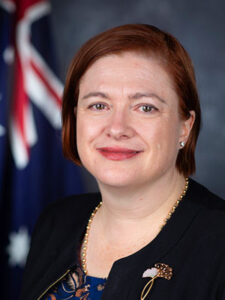
The Chief Defense Scientist of Australia’s Department of Defense this week said while legislative changes to U.S. restrictions on sharing certain technologies would be “the biggest shift” for the AUKUS agreement, the culture of the countries' bureaucracies need to change as well to have an effect. “There's no question that if the congressional changes and the respective changes in each of our AUKUS nations needed to get that in place go through, that will be the biggest shift we've experienced…

 By
By 











